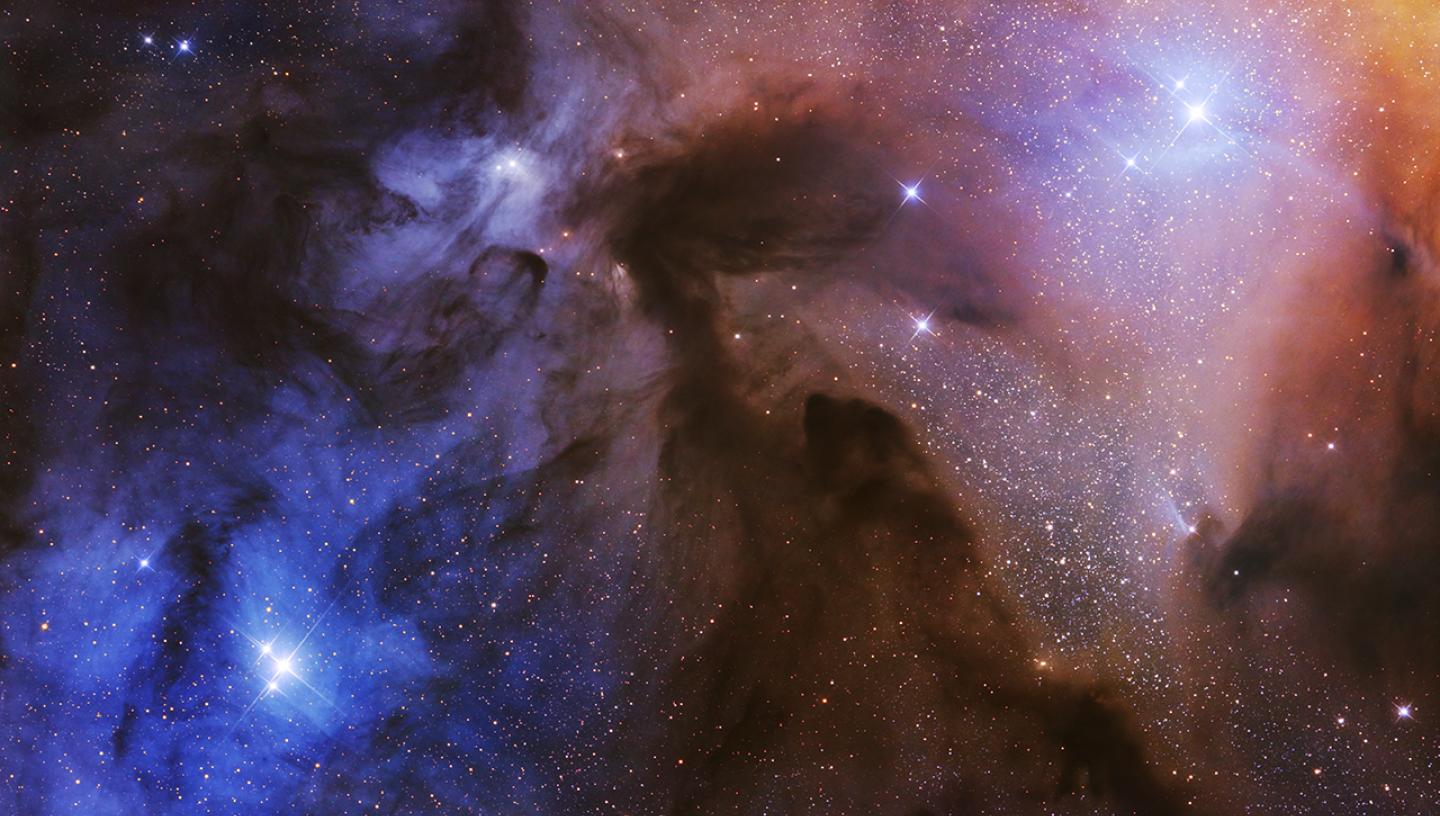
01 Sep 2017
Meet the judges of 2017's Insight Astronomy Photographer of the Year and find out what makes a winning photo.
Our judges for this year’s Insight Astronomy Photographer of the Year competition include among others, an astronomer, an art curator, a photography specialist and a comedian. Rebecca Roth from NASA’s Goddard Space Flight Center joins the panel for the first time this year. Whatever their day job and IAPY pedigree, the judges are all looking for the same thing: in Marek Kukula’s words, “a picture that makes you go, ‘Wow!’”.
Chris Bramley, Editor of BBC Sky at Night Magazine
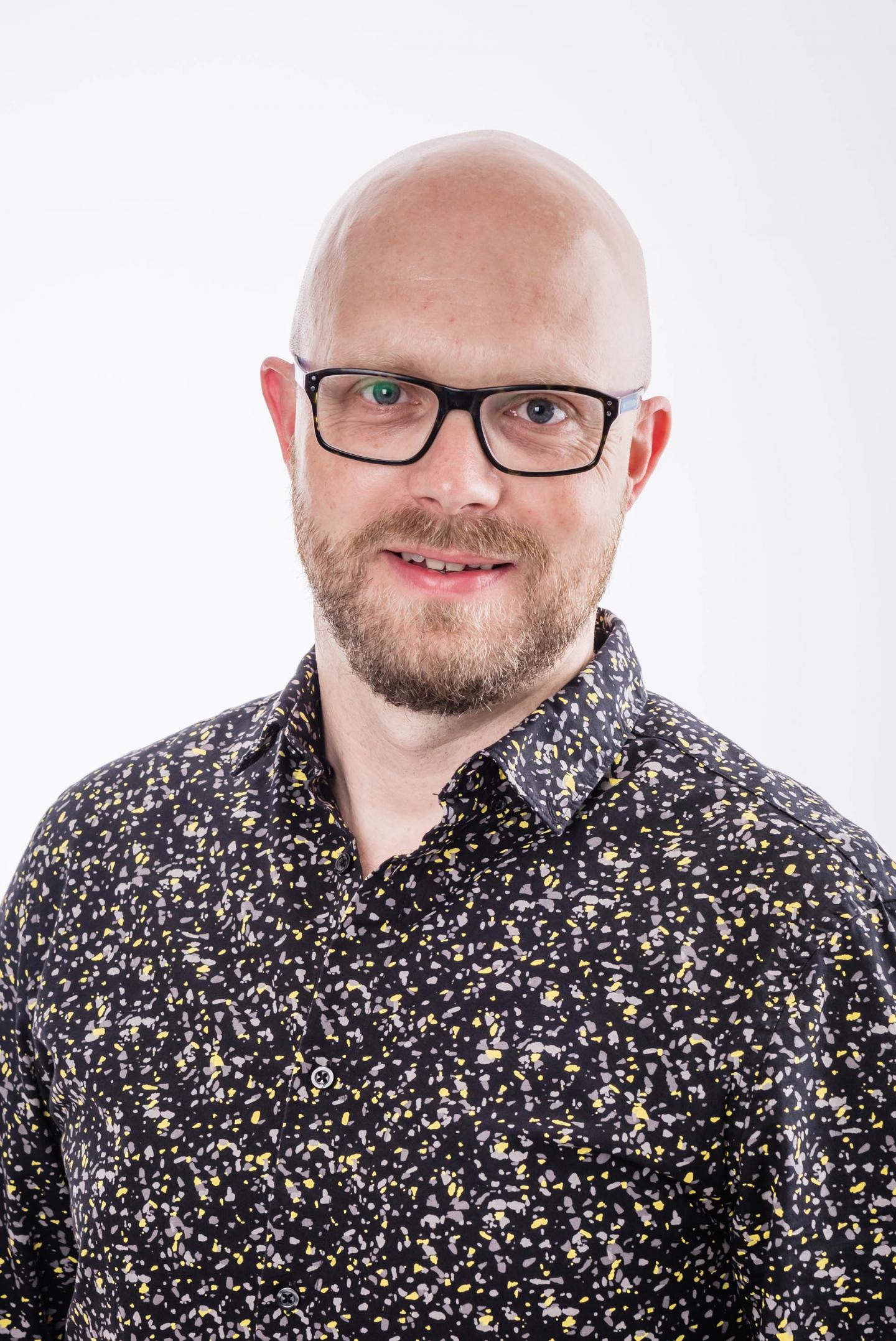
“I trained as a journalist, so writing about astronomy comes more naturally than trying to photograph the night sky,” says Chris Bramley.
Chris has been with BBC Sky at Night Magazine since its launch in 2005, so he has been writing about astronomy for over ten years. Nevertheless, he feels that photography tends to have more “immediacy and clarity” than the written word.
Given his enthusiastic admiration for the form, when it comes to judging between the varied examples of astrophotography, Chris admits that it’s a hard job:
“We have a day for the judging and we really need it! There’s such a wide variety of images to consider and sometimes surprisingly different opinions to take into account, so it can take some time to reach a consensus on the winning images.”
Judging may take a long time but if he were an astronomical phenomenon Chris would be “a beam of light from the Sun so I could travel at the speed of light through our galaxy witnessing some of the objects photographed in the competition for myself!”
Jon Culshaw, comedian, impersonator and a regular guest on the BBC’s The Sky at Night
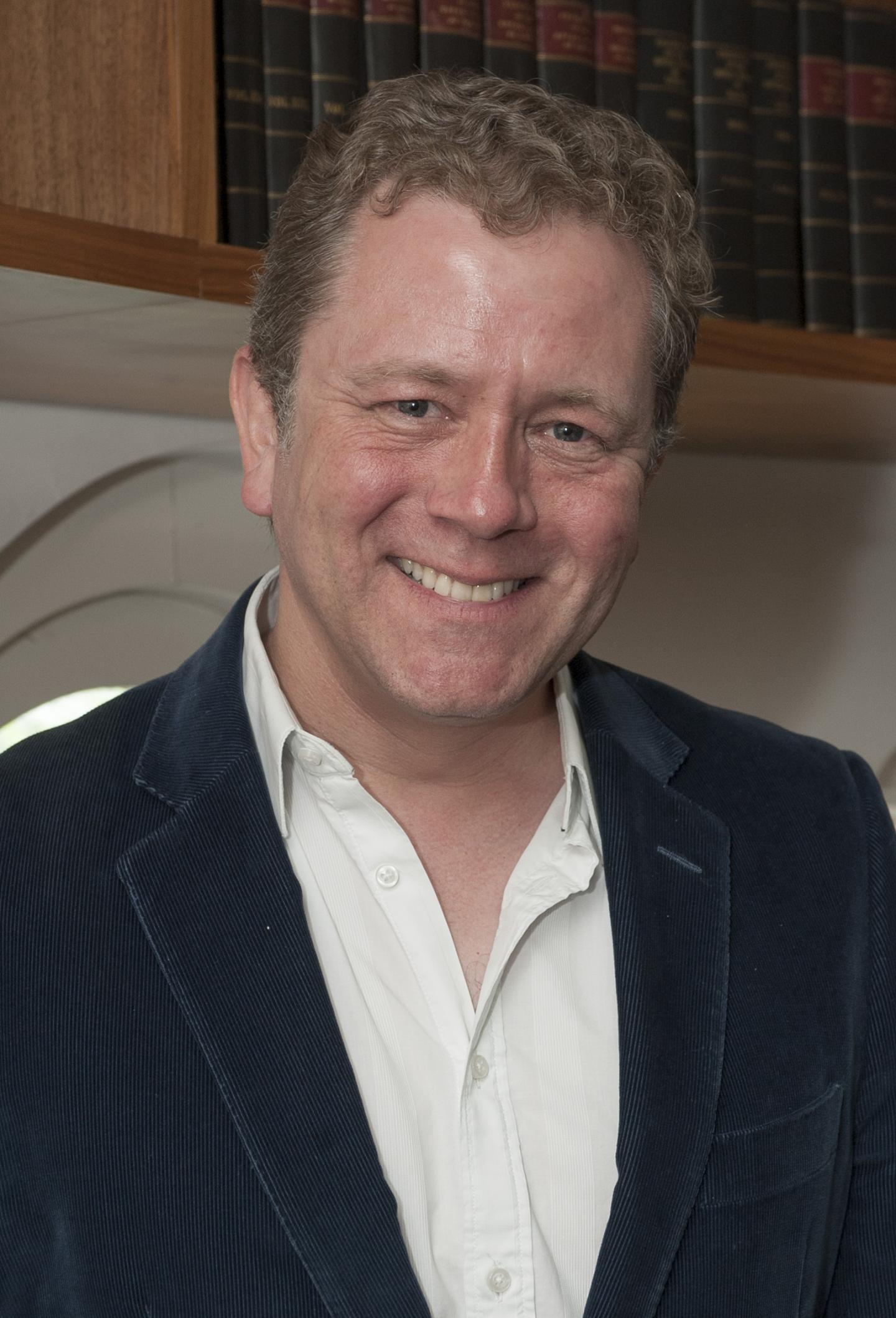
Jon is a part of the team on the world’s longest-running programme, The Sky at Night, first appearing with Sir Patrick Moore on the show’s 50th anniversary.
A lifelong astronomy enthusiast, Jon started stargazing with mixed success, he says. "My brother had a telescope in the loft and I took it down, hoping to discover something. I saw this wonderful deep-red disc. I thought, 'What beginner’s luck – I’ve discovered Mars,' but it was just the dining room curtains, out of focus."
Having judged four previous competitions Jon still gets excited by the photographs. "Everything surrounding astronomy and space exploration is developing so quickly now. The discoveries that are being made are astonishing and the competition is charting that visually, in a breath-taking way."
Will Gater, astronomer, journalist and author
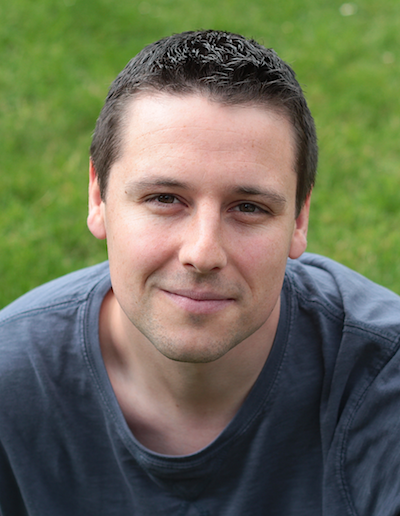
“Every year I wonder how people are going to do new images – where’s the innovation going to come from? And what I love is that when you start to see that shortlist, there are actually these new images.”
As an astronomer, Will Gater appreciates both the rewards and challenges that come with astrophotography. “My first steps were very limited by the technology we had at the time but now there are so many different ways you can get involved and take pictures of the night sky,” he says. You don’t even need especially expensive equipment.
The challenge, however, is the fact that “in the night sky there are certain types of objects that really don’t change in the course of a human lifetime.” Therefore, astrophotographers have to think of ever-increasingly creative approaches to their subject matter. "We’re actually seeing that innovation here in this competition.”
Oana Sandu, Community Coordinator for the European Southern Observatory (ESO)
“As my background is in strategic communication and public relations, my perspective as a judge focuses on what the image communicates to the viewer in terms of both information and emotions.”
Oana brings to this competition her experience from the world’s most productive ground-based observatory at the ESO where she works to communicate the world of astronomy with the public. This is something that astrophotographers can also achieve, Oana says. She admires “how a phenomenon can be captured in such an evocative way that it encourages people to read and understand more about what’s going on out there.”
Astrophotographers have something to teach both the public and professional astronomers as they “can be much quicker to react to sudden phenomena on the sky and provide astronomers with valuable real time data.” In addition, “they are also scattered all over the globe, in places where maybe we don’t have professional observatories anyway.”
When asked which astronomical phenomenon she would be, Oana responds: “I’ve often been called a supernova by friends and I think it has to do with my bursting enthusiasm and strong motivation for what I do.”
Marek Kukula, Public Astronomer at the Royal Observatory Greenwich
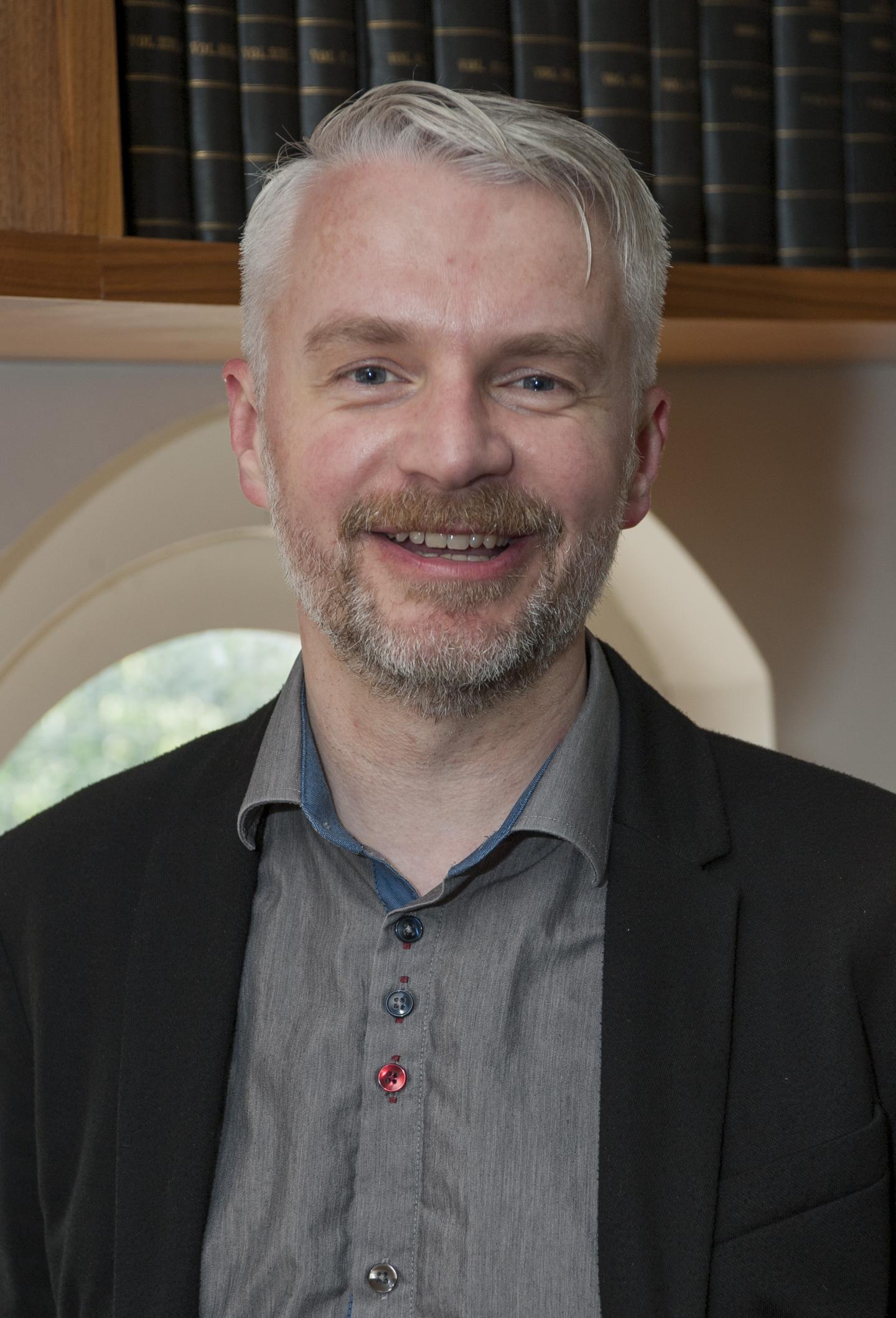
Despite having over fifteen years of astronomy research under his belt, Marek Kukula still finds himself surprised by the photos that are submitted.
“Sometimes the photographers do clever and unexpected things with their images that make you really stop and think about what you’re looking at, and I really enjoy that because asking questions is what science is all about,” he says.
So what exactly is the difference between the photographic work of professional astronomers and the photos we celebrate at the IAPY competition? For Marek, the purpose of the former is “to provide numerical data which can be crunched to discover new things about the universe.”
The photos in this competition, however, are meant “to produce an emotional and aesthetic response as well as an intellectual one.”Perhaps it is this dual purpose that has made astrophotography so popular with the public, who have certainly responded. Marek is already looking forward to next year: “The competition and exhibition of winners have continued to grow year by year but we’re hoping to do something special for the 10th anniversary in 2018. Watch this space!”
Pete Lawrence, experienced astronomical observer and highly regarded world-class astrophotographer
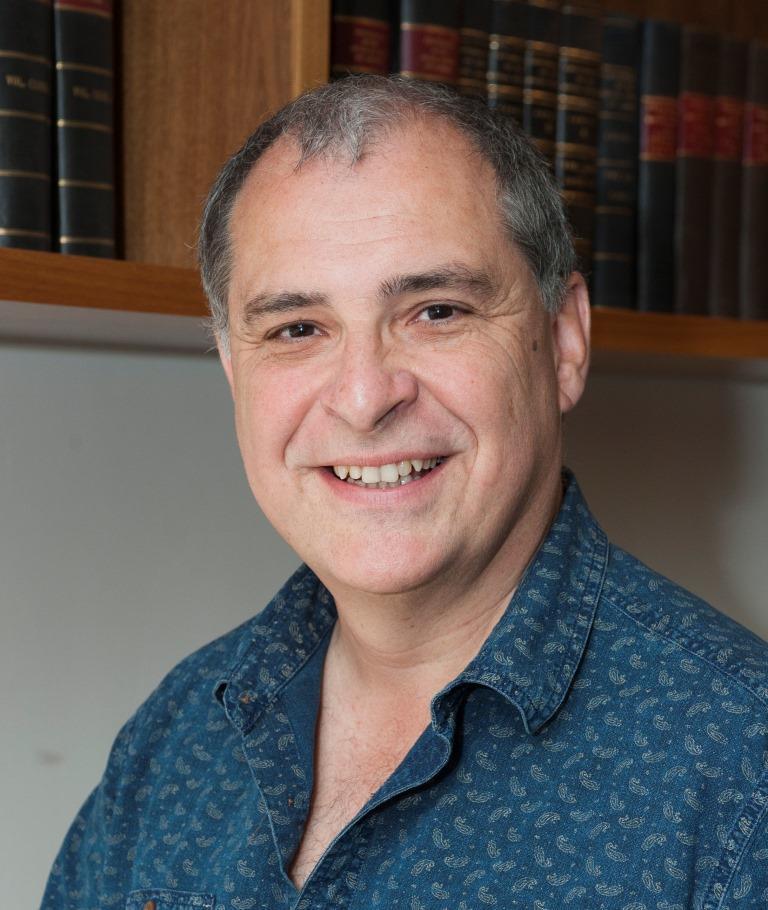
Pete has been an astronomer for as long as he can remember and fell in love with astrophotography as a teenager. He says it really kicked in for him when digital cameras became available: “Digital was different. With digital you could take a picture of the night sky, see the result on the back of the camera and adjust the camera to compensate for any errors you've got. And that was amazing."
“The very first astrophoto I took was when I had a reflective telescope set up in my garden and I was looking at the moon through the eyepiece and I had a digital camera and I thought I wonder what's going to happen if I put the camera up at the eyepiece - I took a picture and that was it I was hooked.”
Pete has been very impressed with this year’s entries. “What stands out from this year's competition is the fact that the quality of the images has continued to improve. A lot of them have been thought through thoroughly. […] I was really impressed with that.”
Rebecca Roth, image coordinator and social media specialist at NASA’s Goddard Space Flight Center in Maryland, USA
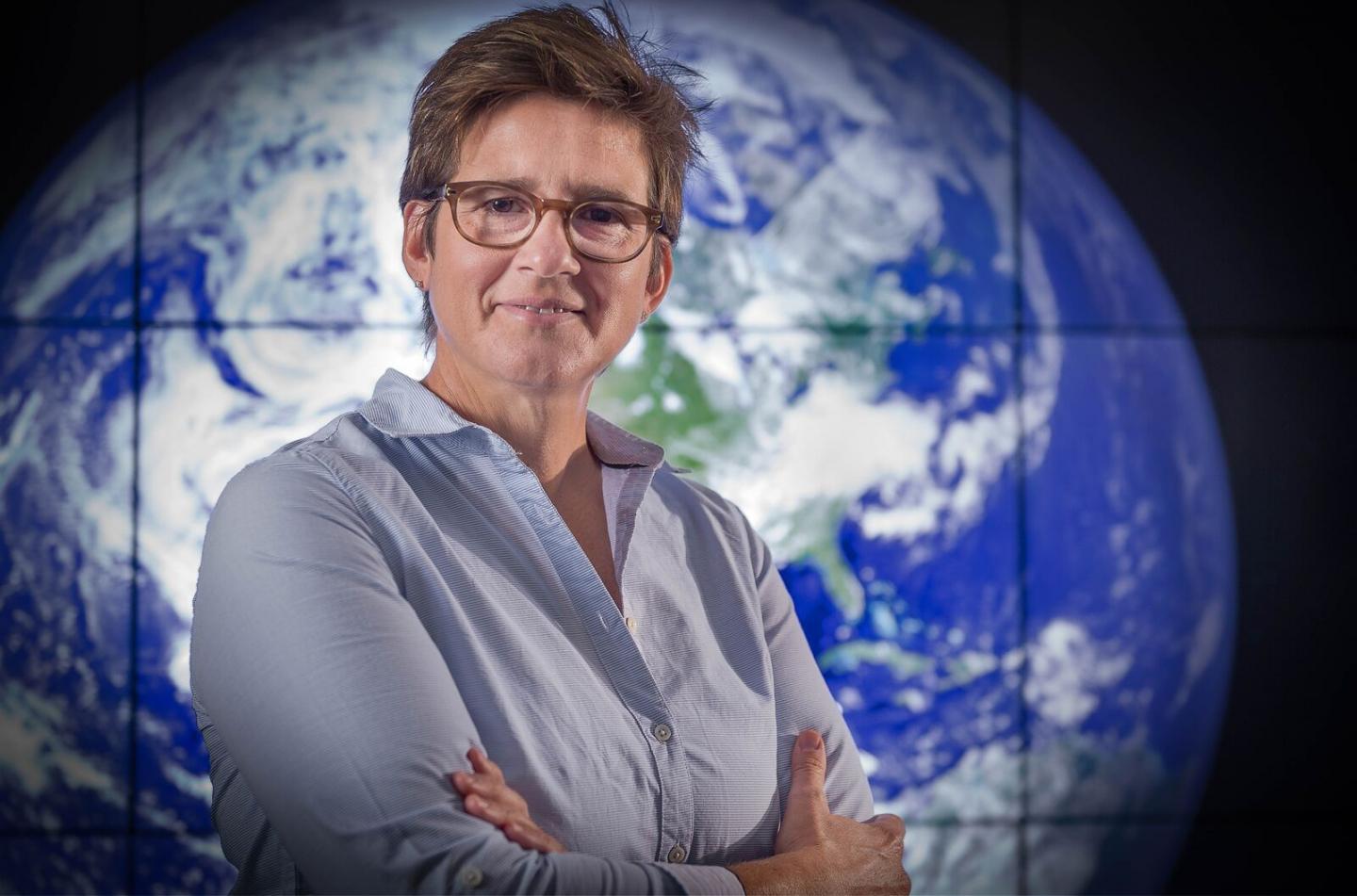
“Not only does a skillful and masterful technician study and plan ahead, but it also takes an artist’s eye to create a dynamic image that will draw in the viewer and teach us something new by revealing something never before captured.”
I love sharing NASA’s images and collaborating with very talented people at the intersection of communications and science. One of NASA’s mandates is to share and educate the public about its research, science and discoveries. I started NASA Goddard’s Instagram account, a secondary Twitter account and expanded its Flickr site.
Recently, I’ve been increasingly interested in astrophotography. I’m so impressed by the technical and cutting edge technology that astrophotographers must master in order to capture images that are nearly indistinguishable from satellite imagery. I’m especially inspired by the effect of long exposures and how this technology differs to what can be seen by the naked eye alone.
Something as unassuming as a snapshot of the sun or moon, when taking it to new levels by trotting out a tripod, long lenses and great deal of patience, brings us images we’d never otherwise experience – it’s a magical and beautiful way to capture our mysterious universe.
Ed Robinson is an award-winning photographer, director, creative director and visual consultant
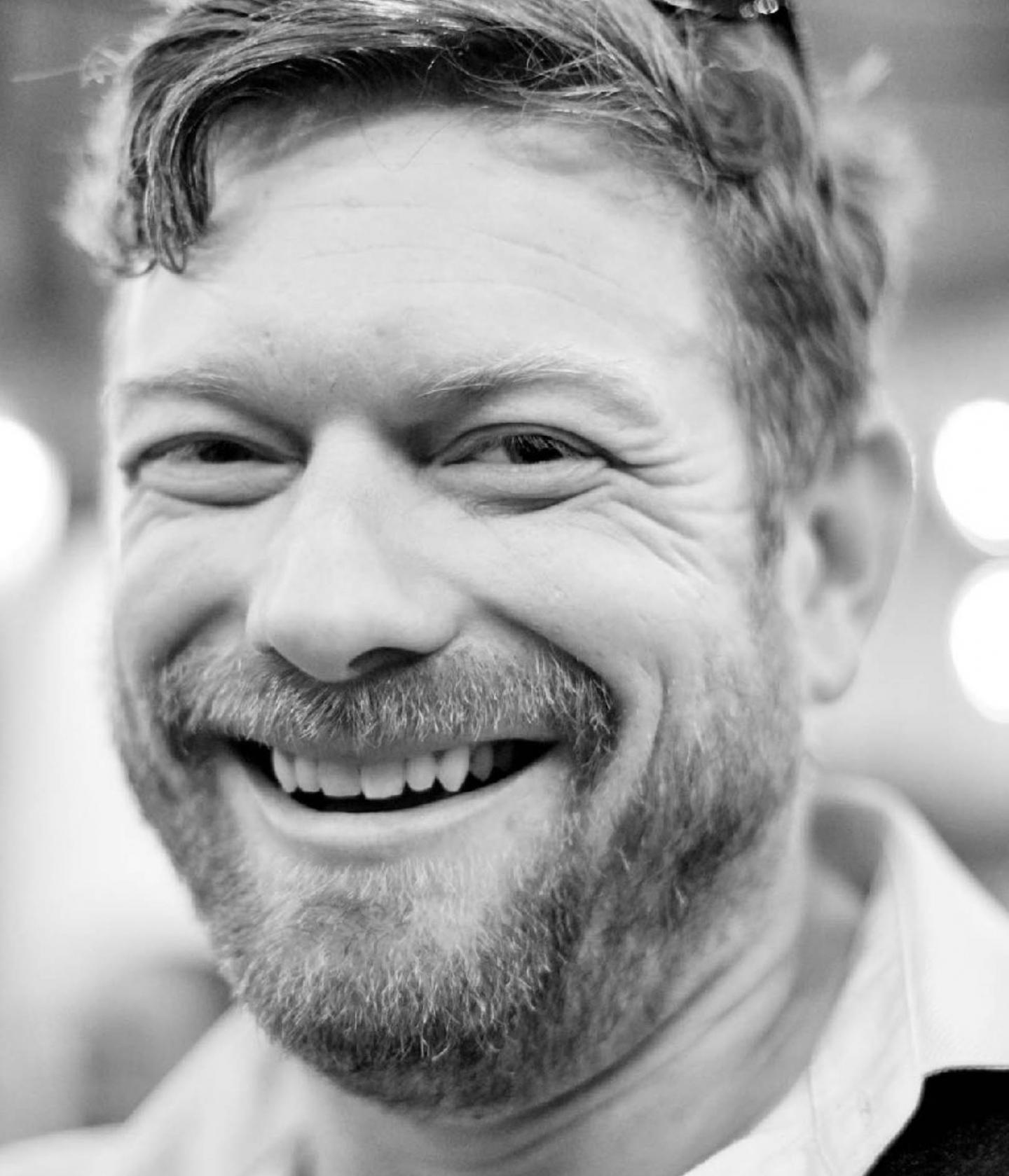
“In some circumstances, composition plays a major part. Some may know the Golden Ratio, Fibonacci spirals and the law of thirds. However, photographers that don't conform to any given rules can stand out and create ‘good’ photography too.”
With over 20 years’ experience in the photography industry, Ed Robinson has a keen eye for a good photo, astronomy-related or otherwise. He insists that what makes a good photo is very much up for debate since “we don't all have identical eyes, brains, opinions and tastes.”
We might not all share the same opinion but in today’s image-saturated culture, we love the visual medium. Why?
Ed points to new technologies and says that “in our ever faster-paced world where time is becoming more of a premium, the visual allows a rapid, impactful and effective means of communicating any given message."
When asked which astronomical phenomenon he would be, Ed replies… the Crab Nebula. “I like to think I’m as fascinating and visually interesting as this nebula. My star sign is Cancer and I do try not to be too crabby,” he says.
Melanie Vandenbrouck, Curator of Art post-1800 at Royal Museums Greenwich and chair of the Museum’s Contemporary Art Forum
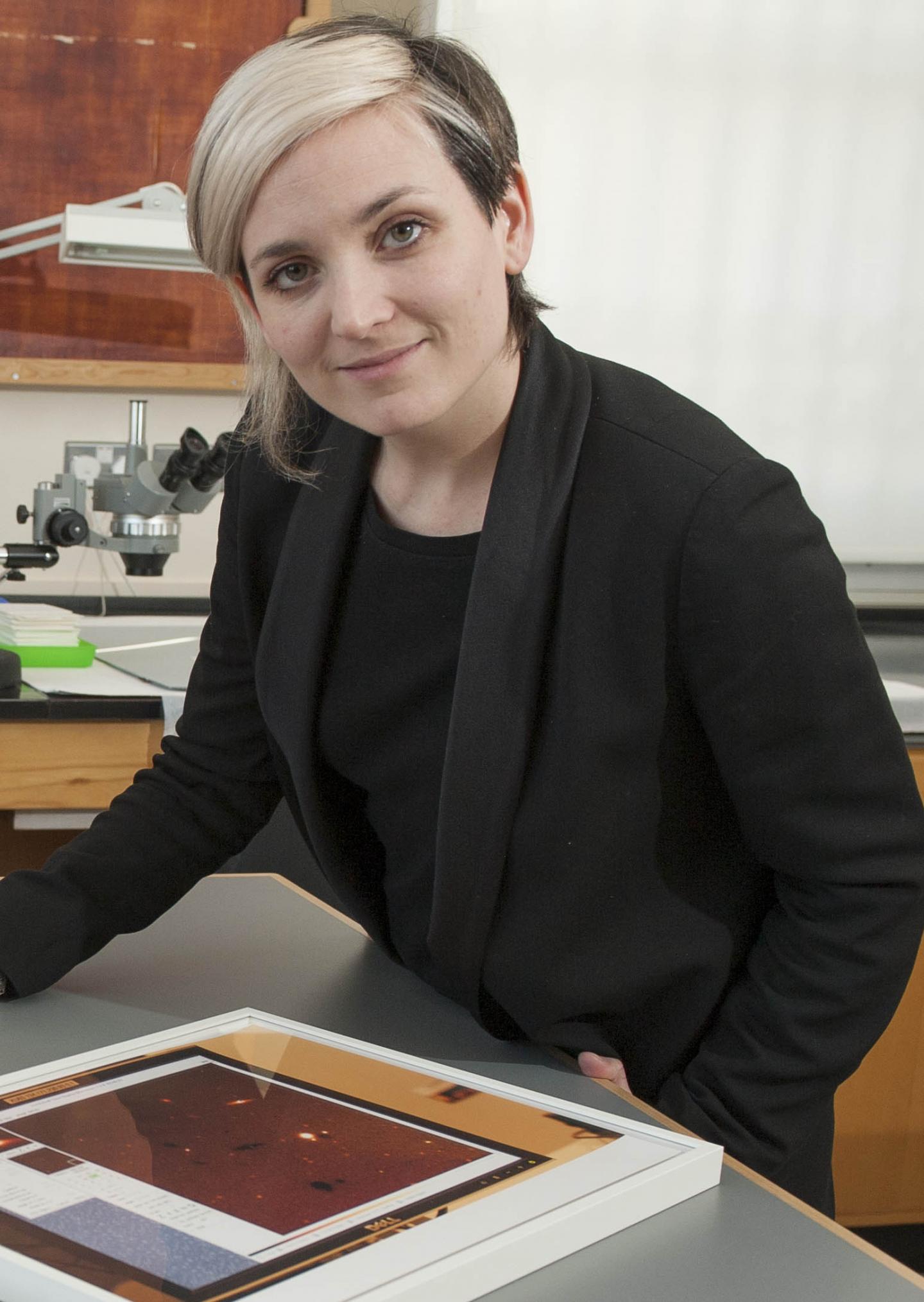
“My favourite astronomical object is the Moon, which I have been fascinated with from a young age. Humanity seems to have always projected its beliefs, dreams and most ambitious aspirations on our nearest cosmic companion. It reflects back to us who we are.”
Melanie Vandenbrouck is an art curator here at Royal Museums Greenwich, and brings this background to judging at the competition. So is astrophotography art? “Absolutely, no doubt about that,” Melanie argues. “Although some images show more creativity than others,” she adds.
What with so many different specialties among the judges, can it be challenging to reach a decision? “There’s always a lot of debate throughout the day, but once the conversations are over, we eventually all reach an agreement surprisingly easily,” Melanie says.
Images are able to unite all backgrounds it seems, especially today when “images are at everyone’s fingertips”. While this shouldn’t take this accessibility for granted. Melanie suggests that we should be careful to appreciate the images which surround us: “That is what makes our society so visually literate, but also perhaps sometimes inattentive about the power of images, too. And yet, they have the power to move, shock or astonish.”